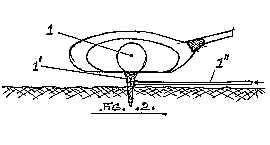From Leland Meitzler at the Genealogy Blog:
The U.S. Patent and Trademark Office has begun shredding about 35 million patent documents — some dating back to the agency’s creation on July 30, 1790 — as it moves toward full electronic processing.
…
But Brigid Quinn, spokeswoman for USPTO, countered: “Nothing valuable is being disposed of. There is nothing original. These are paper copies of copies of copies. Nothing is historical or archaeological, and we’ve been doing this for years.”
…
As for what happens to historical patents, Ms. Quinn said, “The original patent goes to the patent holder, and original copies are kept in our warehouse for 10 years. Then they go to the Federal Records Center, where they are kept for 40 years. They are then examined by the National Archives,” which decides if they should be preserved or destroyed.







